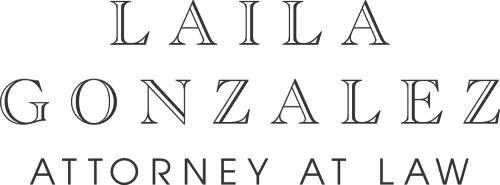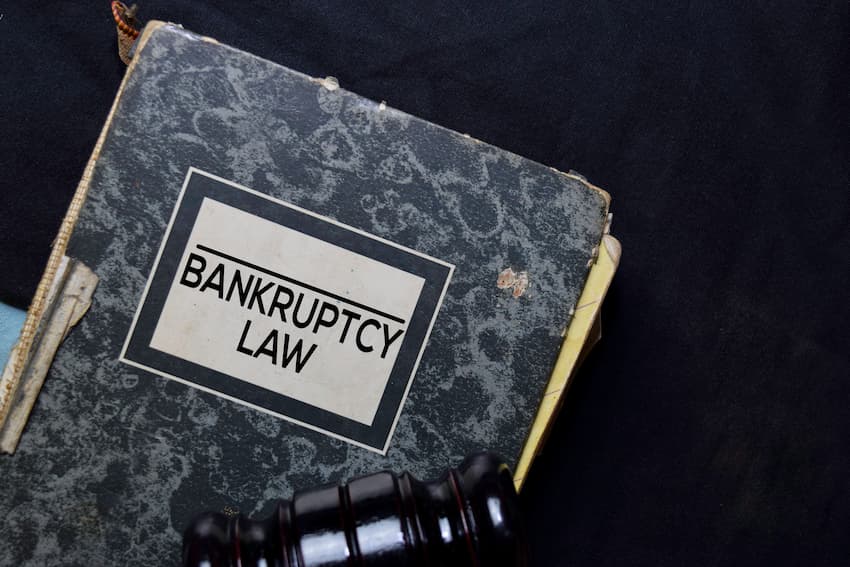7 Top Mistakes to Avoid When Filing for Bankruptcy
Declaring bankruptcy can often feel like navigating a minefield filled with potential missteps. That’s why we’re here to help you understand the most common mistakes to avoid when filing for bankruptcy. Acquiring this knowledge beforehand can significantly lessen your troubles and uncertainties. Let’s take a closer look at what this process entails, the potential errors that may occur, and how to sidestep them for a smoother experience.
Understanding Bankruptcy
You’ve probably heard the term thrown around, especially in economic downturns, but what does it mean? Bankruptcy is a legal status for individuals or entities that cannot repay their debts. In the United States, this process is categorized into different chapters – Chapter 7, Chapter 11, and Chapter 13, each designed for specific situations. People and businesses resort to this for various reasons, usually as a final option when all other financial solutions haven’t succeeded.
Mistake #1: Not Considering Other Alternatives
That leads us to the first mistake. Bankruptcy shouldn’t be your first choice when you encounter financial difficulties. Instead, it should be your last resort. Other financial management strategies, such as debt consolidation or negotiation, might be a suitable solution. These alternatives may allow you to avoid bankruptcy by managing debt more manageably and less damagingly.
Mistake #2: Incorrectly Valuing Assets
Entering the bankruptcy process, one critical aspect often overlooked is the correct valuation of assets. Why is this so important? Your assets are pivotal in determining how much debt you can repay. Our friends at Spyder Moving, with a lot of experience in commercial moving, recommend having a professional help you when needed. Misestimating their values, either by undervaluing or overvaluing, can complicate matters.
Mistake #3: Not Disclosing All Assets and Liabilities
In line with the accurate valuation of assets, honesty in disclosing all assets and debts is another cornerstone of the bankruptcy process. Hiding any assets or liabilities is a grave mistake. This process demands full financial transparency, and any attempts to conceal assets or debts could result in severe legal consequences.
Mistake #4: Using Retirement Savings to Pay Off Debt
When faced with mounting debts, it’s easy to consider depleting your retirement savings to pay them off. However, this could be a detrimental decision. Many retirement assets are protected in a bankruptcy filing. Tapping into these funds too soon could lead to an unnecessary loss, leaving you with diminished resources for your retirement years.
Mistake #5: Accumulating New Debt Before Filing
Regarding worsening financial situations, accruing new debt before filing is another critical error. This act can complicate the bankruptcy process and may also be seen as fraudulent behavior. Holding off on incurring any additional financial obligations is advisable before filing.
Mistake #6: Filing Under the Wrong Chapter
The decision to file for bankruptcy also comes with choosing the right chapter. Different chapters cater to varying scenarios; a common mistake is filing under an inappropriate chapter. For instance, a small business bankruptcy might incorrectly file under Chapter 7, mainly for personal bankruptcies, instead of Chapter 11, which is more suited for businesses. Understanding your unique circumstances and seeking expert advice can prevent this error.
Mistake #7: Trying to Navigate the Process Without Legal Help
The complexity of bankruptcy laws often makes it challenging for individuals to navigate the process independently. One significant misstep is attempting to handle the process without legal assistance. Engaging a legal professional can be invaluable in guiding you through the legal aspects, helping you understand the mistakes to avoid when filing for bankruptcy, and potentially spotting errors you might not notice.
Relocating to a new residence may seem unrelated to bankruptcy, but it does connect unexpectedly. For instance, if you’re considering moving to a new home before filing, remember that this could impact your eligibility for bankruptcy exemptions. That is why it is also important to choose the right time to relocate. Determine the cheapest time to relocate by researching the state laws where you’ve lived for the 730 days before filing. Thus, the timing of your move could play a crucial role in this process.
We’ve dissected the idea that filing for bankruptcy is a dead end, and it’s important to understand that bankruptcy can help you build a better future. Yes, it’s a significant financial decision with long-lasting implications, but it can also give you a fresh financial start, freeing you from insurmountable debts.
However, being cautious of common mistakes is a vital part of the process. Before filing, always consider other alternatives, ensure the accurate valuation of your assets, maintain complete transparency regarding your assets and liabilities, refrain from using retirement savings to pay off debt, avoid incurring new debt, choose the correct bankruptcy chapter, and seek professional legal assistance.
Final Thoughts on the Mistakes to Avoid When Filing for Bankruptcy
Bankruptcy is undoubtedly a challenging and stressful ordeal. However, it doesn’t have to be a journey you embark on without guidance. By understanding the mistakes to avoid when filing for bankruptcy, you can avoid common pitfalls and navigate the process with a clearer vision. And remember, while this process can seem like the end of the road, it can begin a new journey toward financial stability and independence. With proper planning and support, you can use it as a platform to rebuild and move towards a better future.











